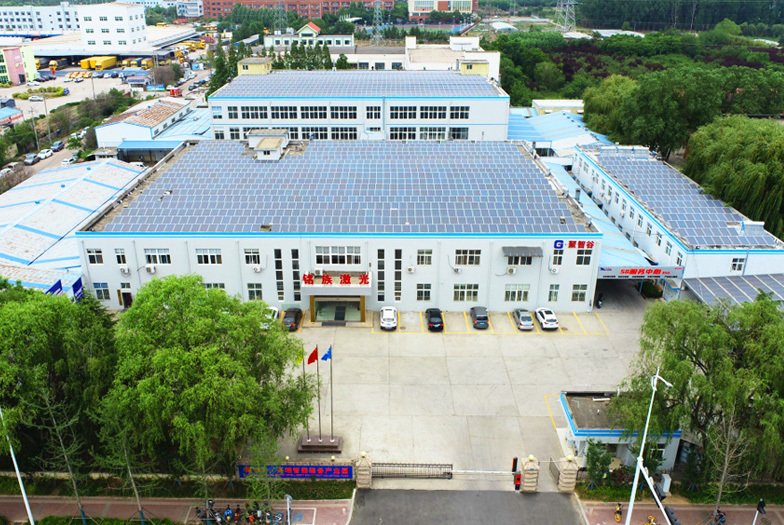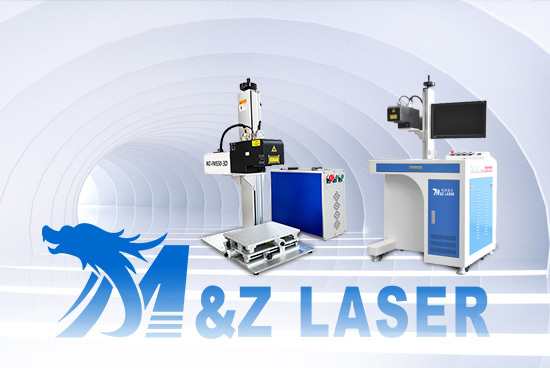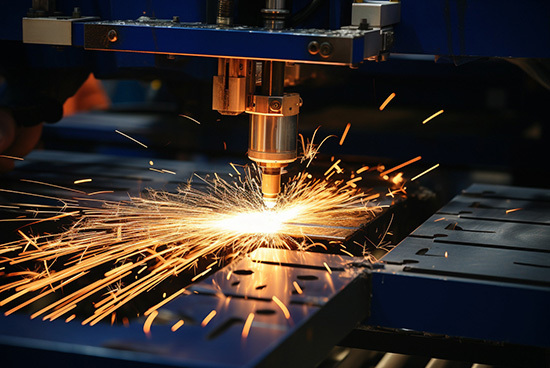-
About UsEstablished in 2010, it is the first independent laser brand in Qingdao to integrate research and development, production, and sales of laser equipment.
 КонтактыТелефон службы:+86-400-9988-709
КонтактыТелефон службы:+86-400-9988-709
Почтовый ящик:Leo@qdmingzu.com
Почтовый ящик:Info@qdmingzu.com
Адрес:улица Янъян, 97, район Ченьян, Циндао -
ProductsEstablished in 2010, it is the first independent laser brand in Qingdao to integrate research and development, production, and sales of laser equipment.
 КонтактыТелефон службы:+86-400-9988-709
КонтактыТелефон службы:+86-400-9988-709
Почтовый ящик:Leo@qdmingzu.com
Почтовый ящик:Info@qdmingzu.com
Адрес:улица Янъян, 97, район Ченьян, Циндао -
Case CenterEstablished in 2010, it is the first independent laser brand in Qingdao to integrate research and development, production, and sales of laser equipment.
 КонтактыТелефон службы:+86-400-9988-709
КонтактыТелефон службы:+86-400-9988-709
Почтовый ящик:Leo@qdmingzu.com
Почтовый ящик:Info@qdmingzu.com
Адрес:улица Янъян, 97, район Ченьян, Циндао -
TechnicalEstablished in 2010, it is the first independent laser brand in Qingdao to integrate research and development, production, and sales of laser equipment.
 КонтактыТелефон службы:+86-400-9988-709
КонтактыТелефон службы:+86-400-9988-709
Почтовый ящик:Leo@qdmingzu.com
Почтовый ящик:Info@qdmingzu.com
Адрес:улица Янъян, 97, район Ченьян, Циндао -
NewsEstablished in 2010, it is the first independent laser brand in Qingdao to integrate research and development, production, and sales of laser equipment.
 КонтактыТелефон службы:+86-400-9988-709
КонтактыТелефон службы:+86-400-9988-709
Почтовый ящик:Leo@qdmingzu.com
Почтовый ящик:Info@qdmingzu.com
Адрес:улица Янъян, 97, район Ченьян, Циндао
What are the advantages of laser welding machine in environmental protection
Release time:
2024-07-09
As one of the important processes in modern manufacturing, laser welding technology not only has significant advantages in improving production efficiency and product quality, but also has a unique contribution to environmental protection. The following are several significant advantages of laser welding machines in terms of environmental protection:
1. Reduce material waste
The laser welding machine accurately melts the surface of the welding part by using a high-energy density laser beam, and can achieve smaller slag and weld width compared with traditional welding methods. This not only saves the use of materials, reduces the waste of materials, but also reduces the cost of waste disposal and the impact on the environment.
2. Reduce energy consumption
Compared with traditional welding methods, laser welding machines usually have higher energy utilization. Laser energy can be accurately controlled and concentrated in the welding area, so that the loss and loss of energy is minimized. This not only saves energy consumption, but also reduces carbon dioxide emissions, which has a positive effect on reducing carbon footprint.

3. No additional welding material required
In some cases, laser welding machines can achieve welding without filling material, so-called automatic welding. This can avoid the use of welding materials, reducing the consumption of related resources and the impact on the environment, especially the release of harmful chemicals.
4. Reduce pollutant emissions during welding
Laser welding machine welding process produces less smoke, gas and other pollutants, because the welding process is usually relatively clean, no molten metal sputtering and a lot of heat radiation. This not only reduces the content of pollutants in the air, but also improves the working environment and protects the health of operators.
5. Controllable process parameters and accurate welding results
The laser welding machine can adjust the laser power, focal length and focus size and other parameters through a precise control system to achieve the best welding effect. This precise control not only improves production efficiency and product quality, but also reduces the need for reprocessing and correction, thereby reducing unnecessary energy and material consumption.
In summary, the advantages of laser welding technology in environmental protection are obvious. By reducing material waste, reducing energy consumption, reducing pollutant emissions and improving process accuracy, laser welding machines not only enhance the sustainable development of the manufacturing industry, but also contribute to environmental protection. With the continuous advancement of technology and the expansion of applications, it is believed that the advantages of laser welding technology in environmental protection will be further highlighted and developed.

Tiktok QR code
Service Phone:+86-400-9988-709
Address: No.97 YanYang Road, ChengYang District, Qingdao City
COPYRIGHT © 2023 MINGZU LASER TECH CO.,LTD ALL RIGHTS RESERVED








